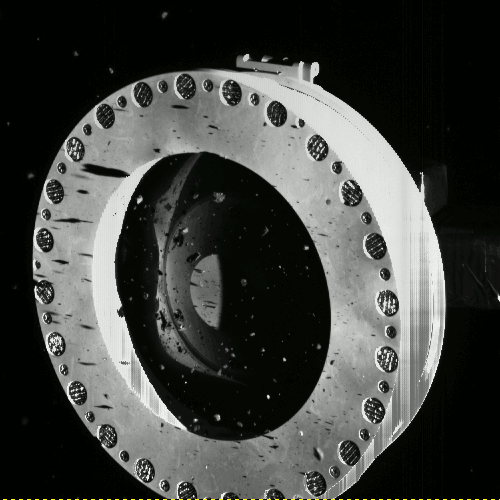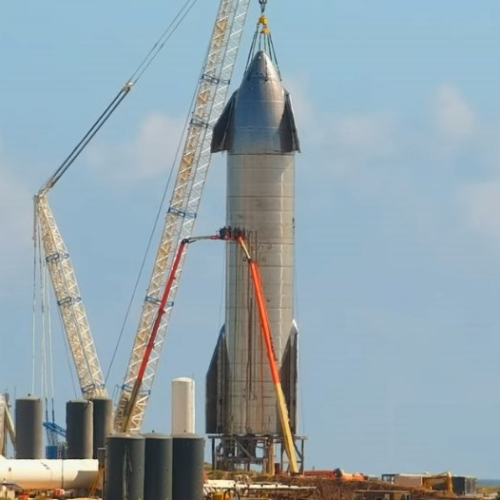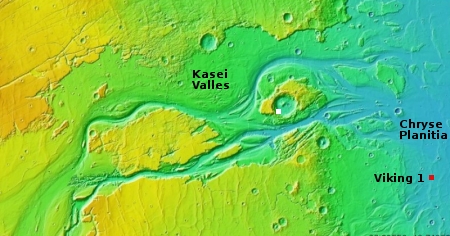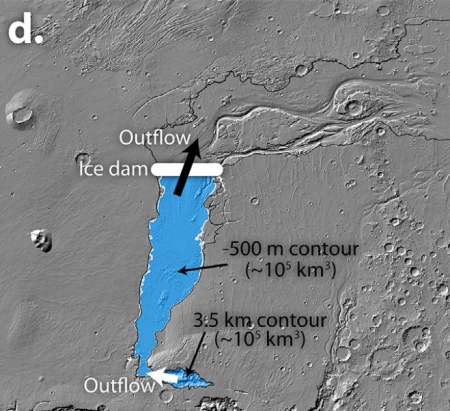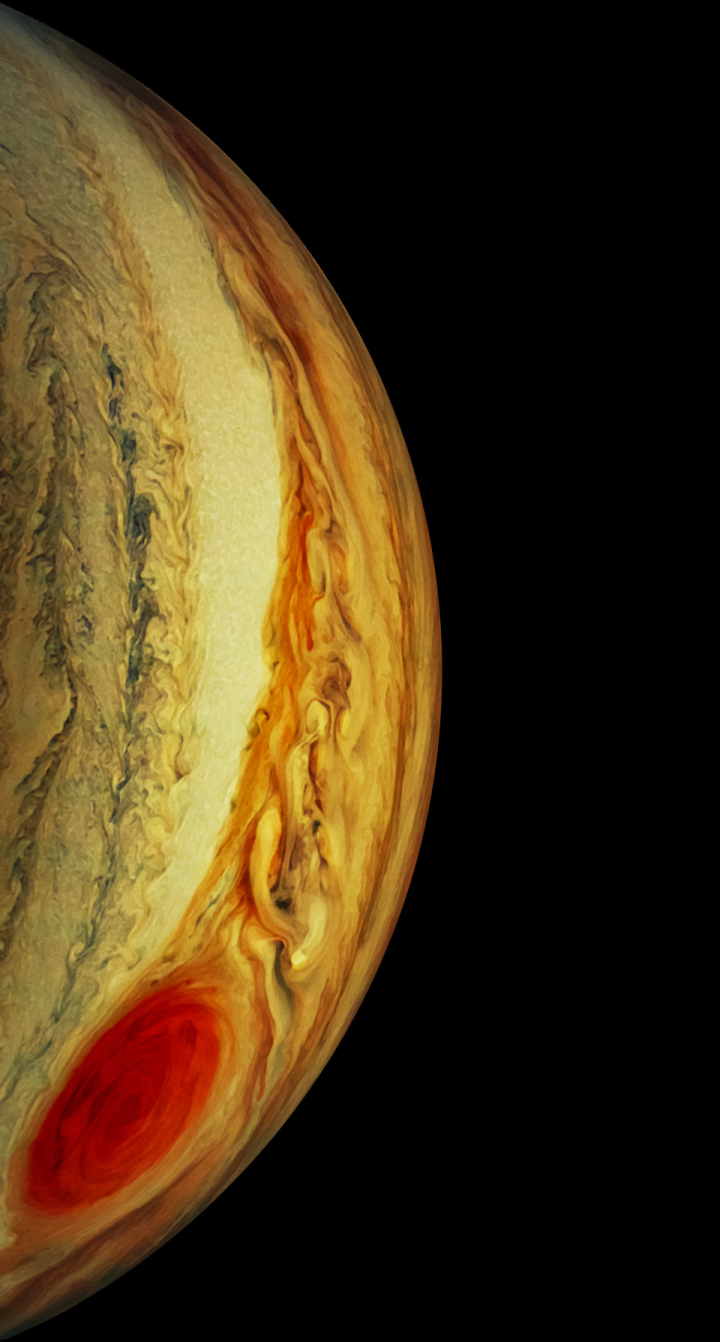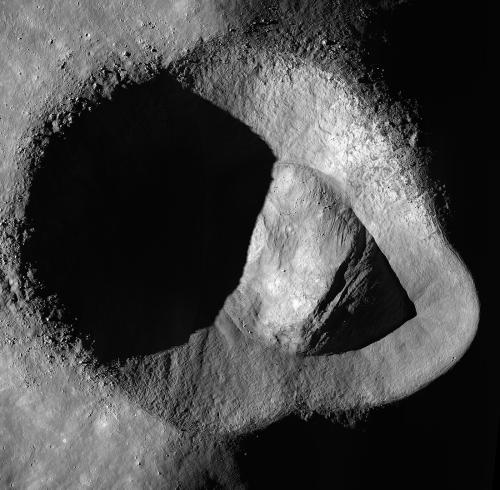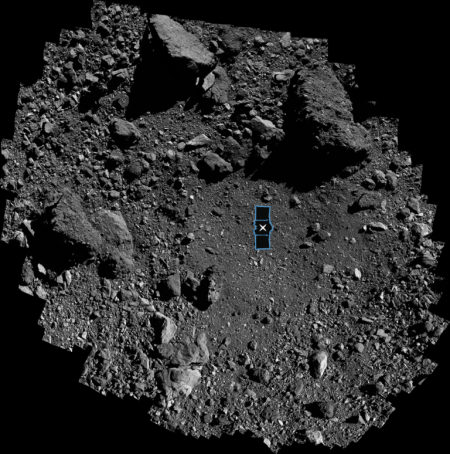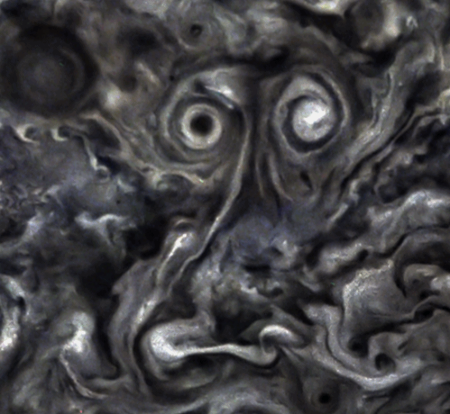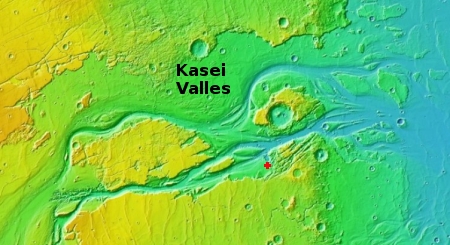New data: The asteroid Psyche is rusting
Using new ultraviolet data from the Hubble Space Telescope, astronomers now believe that the high density asteroid Psyche, thought to be largely metallic, is rusting because of interaction with the solar wind.
Becker observed the asteroid at two specific points in its rotation to view both sides of Psyche completely and delineate as much as possible from observing the surface at ultraviolet (UV) wavelengths.
“We were able to identify for the first time on any asteroid what we think are iron oxide ultraviolet absorption bands,” she said. “This is an indication that oxidation is happening on the asteroid, which could be a result of the solar wind hitting the surface.”
There will be a U.S. probe to Psyche launched in ’22.
Using new ultraviolet data from the Hubble Space Telescope, astronomers now believe that the high density asteroid Psyche, thought to be largely metallic, is rusting because of interaction with the solar wind.
Becker observed the asteroid at two specific points in its rotation to view both sides of Psyche completely and delineate as much as possible from observing the surface at ultraviolet (UV) wavelengths.
“We were able to identify for the first time on any asteroid what we think are iron oxide ultraviolet absorption bands,” she said. “This is an indication that oxidation is happening on the asteroid, which could be a result of the solar wind hitting the surface.”
There will be a U.S. probe to Psyche launched in ’22.

